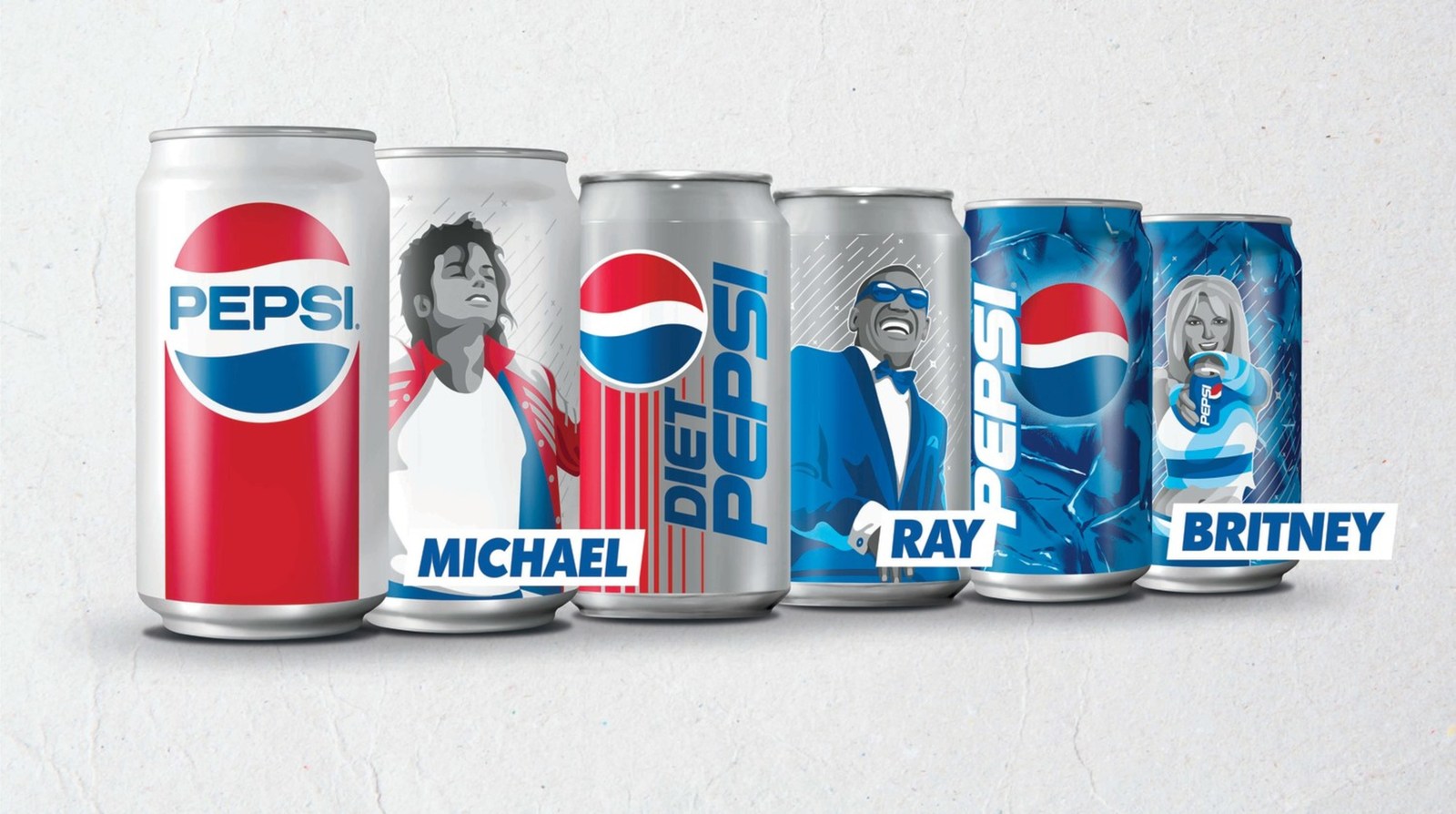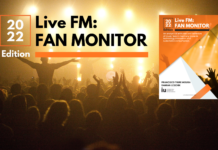In this article I present a selection of publications discussing the link between MUSIC and ADVERTISING.
To facilitate the review, I have separated the publications into three periods: 2018-2008; 2007-1997; 1996-1990.
The list involves mostly scientific articles from highly ranked journals, conference papers and books.
PLEASE NOTE: This is not a definite list. It is based on my subjective appreciation for each one, as they have helped me and triggered my fascination on the topic.
I just honestly hope this article can help can help you, in case you are writing a research paper or a thesis (bachelor, Masters or PhD) about music and advertising.
Ready? Here we go!
Publications: 2018-2008
- Allan, D. (2008). A content analysis of music placement in prime-time television advertising. Journal of Advertising Research, 48(3), 404-417.
- Apaolaza-Ibantilde, V., Mark, Z., & Hartmann, P. (2010). Memory, emotions and rock n roll: The influence of music in advertising, on brand and endorser perception. African Journal of Business Management, 4(17), 3805-3816.
- Blake, A. (2013). Music, advertising and postmodern culture. Buy This Book: Studies in Advertising and Consumption, 224.
- Chou, H. Y., & Lien, N. H. (2010). Advertising effects of songs’ nostalgia and lyrics’ relevance. Asia Pacific Journal of Marketing and Logistics, 22(3), 314-329.
- Craton, L. G., & Lantos, G. P. (2011). Attitude toward the advertising music: an overlooked potential pitfall in commercials. Journal of Consumer Marketing, 28(6), 396-411.
- Hee Park, H., Kwan Park, J., & Ok Jeon, J. (2014). Attributes of background music and consumers’ responses to TV commercials: The moderating effect of consumer involvement. International Journal of Advertising, 33(4), 767-784.
- Kämpfe, J., Sedlmeier, P., & Renkewitz, F. (2011). The impact of background music on adult listeners: A meta-analysis. Psychology of Music, 39(4), 424-448.
- Kaplan, E. A. (2016). Rocking around the clock: Music television, postmodernism, and consumer culture. Routledge.
- Kim, J. H., Kim, M., & Lennon, S. J. (2009). Effects of web site atmospherics on consumer responses: music and product presentation. Direct Marketing: An International Journal, 3(1), 4-19.
- Klein, B. (2008). In perfect harmony: Popular music and cola advertising. Popular Music and Society, 31(1), 1-20.
- Klein, B. (2016). As heard on TV: Popular music in advertising. Routledge.
- Oakes, S., & North, A. (2013). Dance to the Music!: How Musical Genres in Advertisements Can Sway Perceptions of Image. Journal of Advertising Research, 53(4), 411-416.
- Taylor, T. D. (2012). The sounds of capitalism: Advertising, Music, and the Conquest of Culture. University of Chicago Press.
- Zander, M. F., Apaolaza-Ibáñez, V., & Hartmann, P. (2010). Music in Advertising: Effects on Brand and Endorser Perception. In Advances in Advertising Research (Vol. 1) (pp. 127-140). Gabler.
- Wagner, M. S. (2008). Dimensions of Music: The Effect of Music/Brand Congruity on Advertising and Brand Evaluations.
Industry Example: Pepsi and Michael Jackson
One case of extreme success involving music and advertising was the partnership between Pepsi and Michael Jackson.
The development of the campaign titled “New Generation” was a master move in the early eighties, designed by Jay Coleman (Founder of Entertainment Marketing and Communications International).
Here are some of the videos produced:
Unfortunately, as most of you know, the partnership also involved a tragic incident during one of the video shootings where Michael Jackson was severely burned.
Publications 2007-1997
- Allan, D. (2006). Effects of popular music in advertising on attention and memory. Journal of Advertising Research, 46(4), 434-444.
- Alpert, M. I., Alpert, J. I., & Maltz, E. N. (2005). Purchase occasion influence on the role of music in advertising. Journal of Business Research, 58(3), 369-376.
- Bullerjahn, C. (2006). The effectiveness of music in television commercials. Music and manipulation: On the social uses and social control of music, 207-235.
- DuRant, R. H., Rome, E. S., Rich, M., Allred, E., Emans, S. J., & Woods, E. R. (1997). Tobacco and alcohol use behaviors portrayed in music videos: a content analysis. American Journal of Public Health, 87(7), 1131-1135.
- Furnham, A., Abramsky, S., & Gunter, B. (1997). A cross-cultural content analysis of children’s television advertisements. Sex Roles, 37(1-2), 91-99.
- Heaton, M., & Paris, K. (2006). The effects of music congruency and lyrics on advertisement recall. Journal of Undergraduate Research IX.
- Morris, J. D., & Boone, M. A. (1998). The effects of music on emotional response, brand attitude, and purchase intent in an emotional advertising condition. ACR North American Advances.
- North, A. C., Mackenzie, L. C., Law, R. M., & Hargreaves, D. J. (2004). The Effects of Musical and Voice “Fit” on Responses to Advertisements 1. Journal of Applied Social Psychology, 34(8), 1675-1708.
- Oakes, S. (2007). Evaluating empirical research into music in advertising: A congruity perspective. Journal of Advertising Research, 47(1), 38-50.
- Park, Y. S. (2006). U.S. Patent Application No. 11/229,653.
- Roehm, M. L. (2001). Instrumental vs. vocal versions of popular music in advertising. Journal of Advertising Research, 41(3), 49-58.
- Tiggemann, M., & Slater, A. (2004). Thin ideals in music television: A source of social comparison and body dissatisfaction. International Journal of Eating Disorders, 35(1), 48-58.
- Zander, M. F. (2006). Musical influences in advertising: How music modifies first impressions of product endorsers and brands. Psychology of music, 34(4), 465-480.
- Zhu, R., & Meyers-Levy, J. (2005). Distinguishing between the meanings of music: When background music affects product perceptions. Journal of Marketing Research, 42(3), 333-345.
Publications 1996-1990
- Blair, M. E., & Hatala, M. N. (1992). The use of rap music in children’s advertising. ACR North American Advances.
- Bozman, C. S., Mueling, D., & Pettit-O’Malley, K. L. (1994). The directional influence of music backgrounds in television advertising. Journal of Applied Business Research, 10, 14-14.
- Dunbar, D. S. (1990). Music, and advertising. International Journal of Advertising, 9(3), 197-203.
- Englis, B. G., Solomon, M. R., & Ashmore, R. D. (1994). Beauty before the eyes of beholders: The cultural encoding of beauty types in magazine advertising and music television. Journal of advertising, 23(2), 49-64.
- Hitchon, J., Duckler, P., & Thorson, E. (1994). Effects of ambiguity and complexity on consumer response to music video commercials. Journal of Broadcasting & Electronic Media, 38(3), 289-306.
- Kellaris, J. J., Cox, A. D., & Cox, D. (1993). The effect of background music on ad processing: A contingency explanation. The Journal of Marketing, 114-125.
- Muehling, D. D., & Bozman, C. S. (1990). An examination of factors influencing effectiveness of 15-second advertisements. International Journal of Advertising, 9(4), 331-344.
- Norris, C. E., & Colman, A. M. (1993). Context effects on memory for television advertisements. Social Behavior and Personality: an international journal, 21(4), 279-296.
- Norris, C. E., & Colman, A. M. (1994). Effects of entertainment and enjoyment of television programs on perception and memory of advertisements. Social Behavior and Personality: an international journal, 22(4), 365-376.
- Olsen, G. D. (1995). Creating the contrast: The influence of silence and background music on recall and attribute importance. Journal of Advertising, 24(4), 29-44.
- Spalding, E. (1994). Intertextuality in Advertising Music on the Radio: The Case of CFOX-FM. Canadian Journal of Communication, 19(2).
- Thompson, E. (1995). Machines, Music, and the Quest for Fidelity: Marketing the Edison Phonograph in America, 1877-1925. The Musical Quarterly, 79(1), 131-171.
- Wallace, W. T. (1991). Jingles in advertisements: Can they improve recall?. ACR North American Advances.
- Yalch, R. F. (1991). Memory in a jingle jungle: Music as a mnemonic device in communicating advertising slogans. Journal of Applied Psychology, 76(2), 268.
Final Thoughts
It is fascinating to see how the discussion on the topic has changed and evolved along the years. Music has followed all media channels, starting with radio, establishing itself on the TV era and even more with the Internet.
But the big change is here. Artificially composed music will impact the way consumers view products and brands and this must urgently be addressed.
In fact, we are already investigating the implementation of artificially composed music in high and low involvement contexts. So I would truly appreciate if you could support us by answering our study here.
Cheers and Turn It Up!





